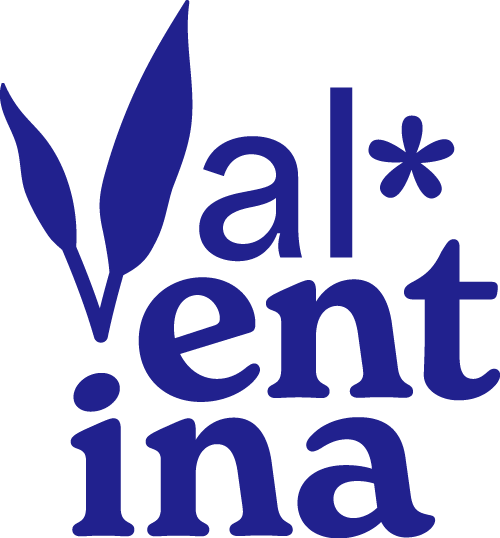Seasonal Food
Seasonal food is a monthly drawing series, depicting each month's newly available seasonal vegetables and fruits. These Illustrations serve as a guide and reminder, which local foods are in season and should be consumed primarily in order to reduce the environmental impact of our meals.
Finally all the individual fruit and vegetable illustrations were compiled into a handy overview in form of a large 40x50cm poster. The horizontal axis depicts all produce available in each month, the vertical axis shows how long each fruit or vegetable is in season for.
